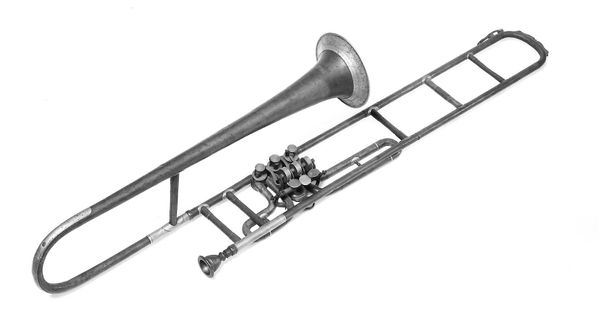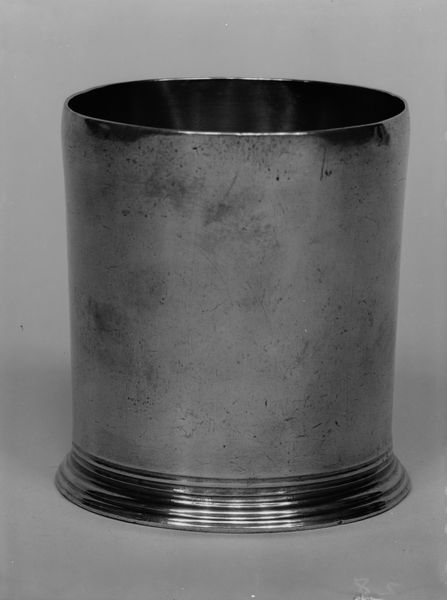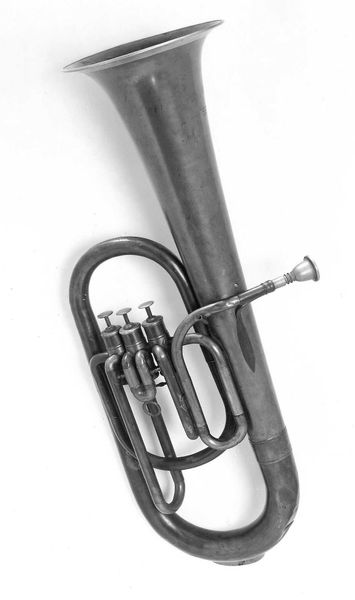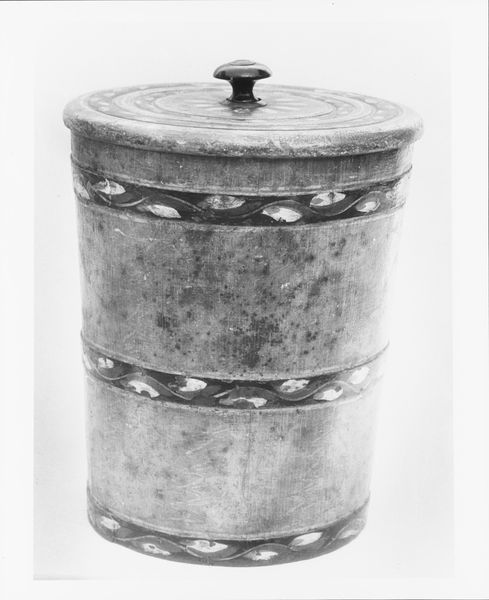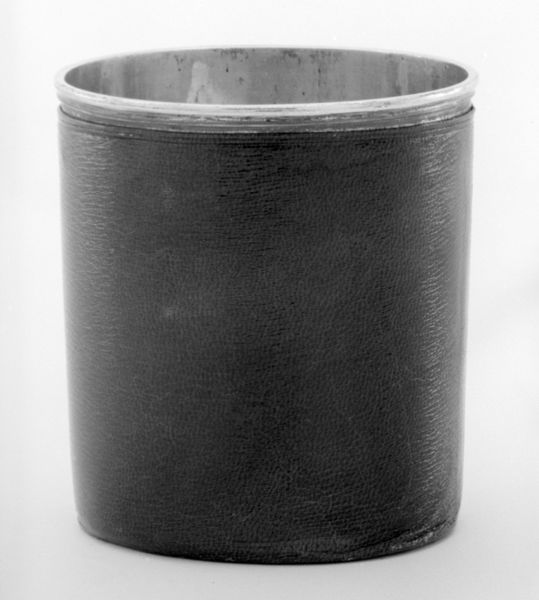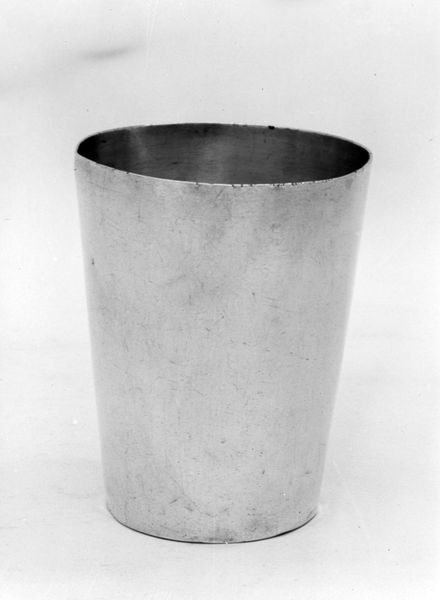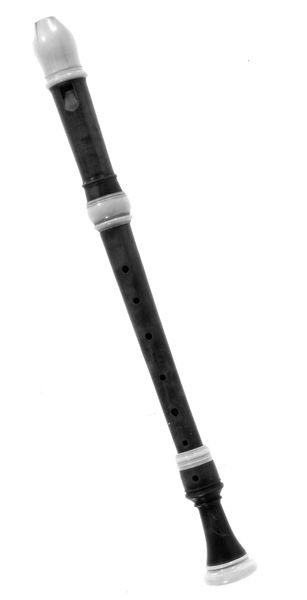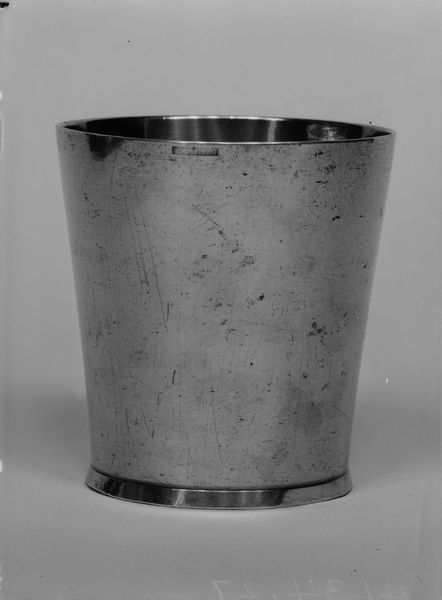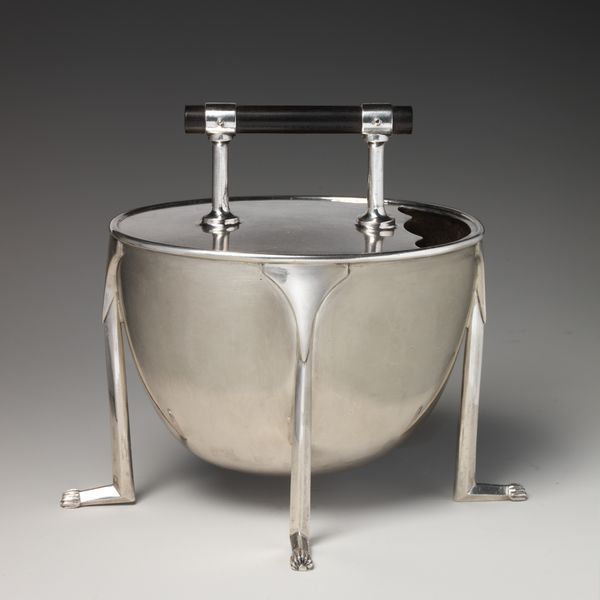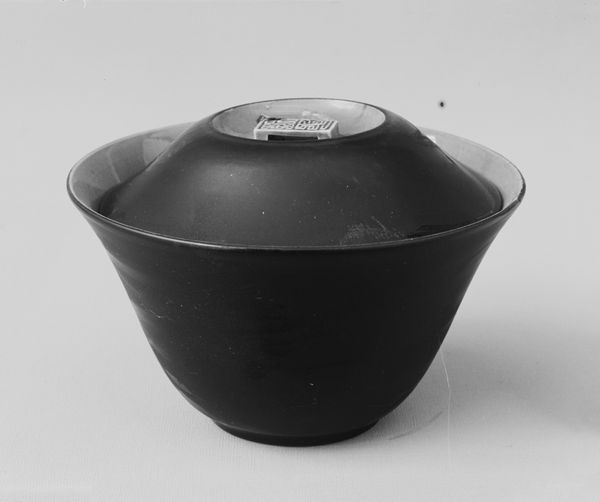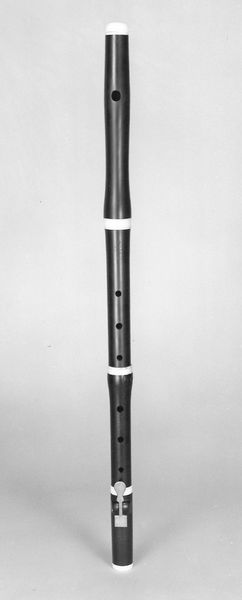
print, photography
#
still-life-photography
# print
#
sculpture
#
photography
#
geometric
#
black and white
#
musical-instrument
#
realism
Dimensions: Diameter ±68.7cm (±27 1/16 in.); Depth 44.3 cm (17 7/16 in.)
Copyright: Public Domain
Editor: This black and white photographic print from sometime between 1860 and 1880, by John G. Pike, showcases a bass drum. It's striking how much the materials stand out – you can almost feel the tension of the ropes and the smoothness of the drum's surface. What elements draw your eye to this piece? Curator: Considering it from a materialist perspective, I immediately think about the labor involved in its production. Think about the tanning of the drumhead, the carpentry in constructing the shell, and the twisting of those ropes. Each step embodies a specific skill and would have a direct impact on the sound quality, wouldn't you agree? Editor: Definitely. It also prompts me to wonder about the role of the bass drum in society at that time. Was it primarily for military use, or for entertainment? Curator: Precisely. Its function dictates its cultural value and also determines who had access to it, right? Furthermore, consider the accessibility of photography itself during this period. Who could afford to commission or purchase such a print? This photograph turns the focus not to fine art but towards labor, utility, and broader questions around social class and availability. It really shifts our perspective, don't you think? Editor: That's fascinating; I hadn’t thought about how the photograph itself participates in that web of material culture. Thanks for highlighting those aspects; it makes me appreciate it beyond its aesthetic appeal! Curator: Exactly. Looking at art this way brings the focus to people and economy as important to our understanding.
Comments
No comments
Be the first to comment and join the conversation on the ultimate creative platform.
